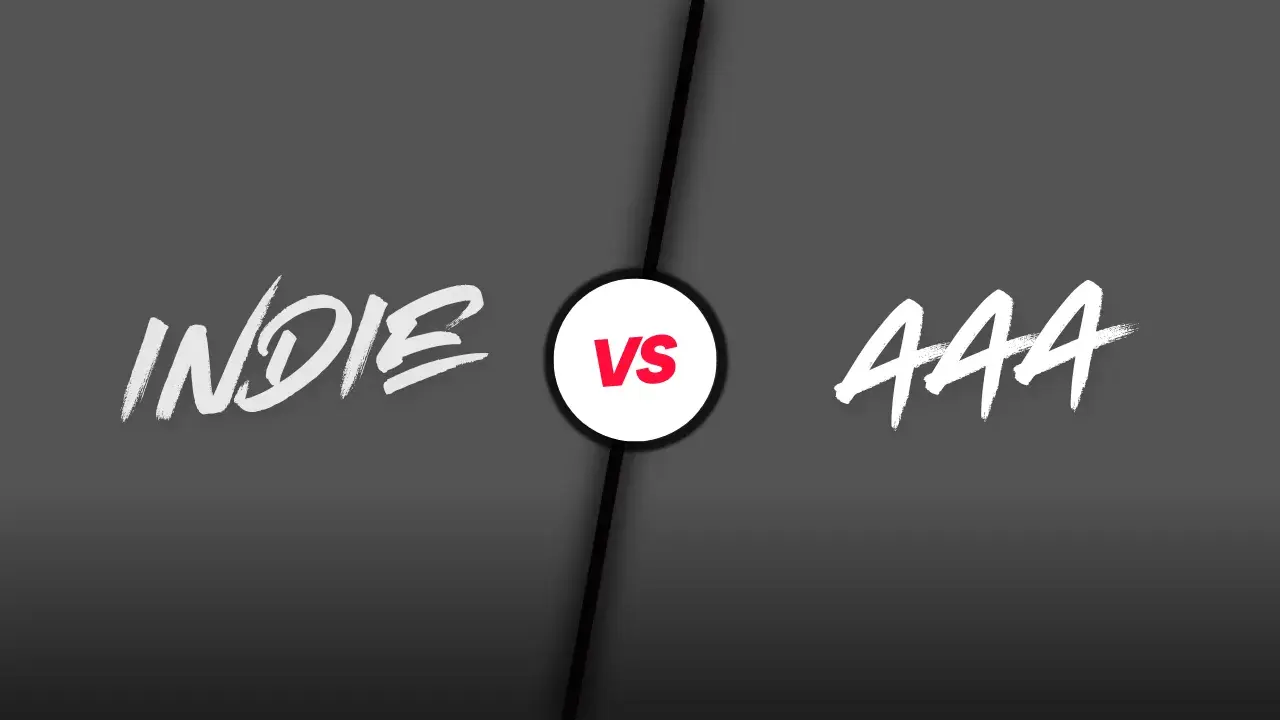The video game industry is at a strange crossroads. AAA publishers are making more money than ever—$227 billion worldwide in 2024—but players are more unhappy than ever. A 2025 Steam survey found that 68% of gamers feel "ripped off" by $70 AAA releases, and 54% of them didn't finish even half of the games they bought. At the same time, small firms with budgets that are only 1/100th of Call of Duty's $660 million production cost are making games that set the standard for their genre, such as Hades II and Balatro. This huge change is more than just a market correction; it's a full-scale creative revolution that is changing how games are made.
The AAA Death Spiral: Broken Promises, Budgets, and Bloat
The numbers show that the AAA space is…not well. Since 2010, the cost of developing significant franchises has gone up by over 800%. Activision's 2024 SEC filing shows that each product has an average budget of $318 million, which is $122 million more than the whole Marvel's Avengers movie. This inflationary spiral makes publishers use techniques that avoid risk:
-
Sequel Saturation: 78% of the AAA games that came out in 2024 were sequels or remakes.
-
Crazy Monetization: At debut, the typical AAA game had $287 worth of microtransactions.
-
Exploitation of workers: Even though workers are trying to unionize, 62-hour work weeks are still the norm in some places.
The human cost became brutally clear when Cyberpunk 2077's disastrous 2020 debut—a launch that required 16 months of post-release fixes to match promised features—showed the industry's "ship now, fix never" attitude was okay, because “gamers are going to buy the game anyway”.
Players are now up against three threats: pricing that keep going up, completion rates that keep going down (AAA games have a 23% completion rate vs 61% for indie games), and predatory monetization that converts $70 titles into $700 hobbies.
The Indie Edge: Agile Development & Design That Puts Players First
Indie studios have transformed problems into strengths. Starfield took 500 engineers seven years to make, whereas Palworld got 25 million players in just three months with a staff of four utilizing $6,000 a month cloud servers. The independent sector's success stories from 2024 have a lot in common:
Vertical Slice Prototyping: Games like Lethal Company use minimal viable products to test ideas.
Modular Content Creation: Dave the Diver used assets in new ways to make a 40-hour RPG
Community Co-Creation: Valheim's five-developer team used player mods as free DLC.
Financial data shows shocking levels of efficiency. According to Newzoo's 2024 research, indie games make $3.12 for every hour of production, whereas AAA games make $1.04. This lean design allows for quick changes. For example, Vampire Survivors started with 10 weapons in Early Access and grew to roughly 165 based on player feedback.
The Trust Collapse: Why AAA Games Lost Their Players
The #NotMyDLC movement in 2024 was a reaction to EA Sports FC 24 charging $30 for kits that were already in base games. According to a survey of Steam reviews, AAA games currently get an average of 54% positive ratings, while indie games get 82%. The loss of confidence is due to problems in the system:
-
Starvation of Features: 61% of AAA games come out with fewer modes than the ones that came before them.
-
Neglecting preservation: 87% of games that came out before 2010 can't be played on modern systems.
-
Creative Stagnation: Only three of the top 20 AAA games of 2024 have original IP
This crisis brought about alliances that no one saw coming. When Redfall launched (and was awful), the community made free patches to bring back cut material. A player-made "patch" was downloaded 380,000 times. These kinds of things show how the gap between business growth and the artistic heart of gaming is getting bigger.
Open development and hybrid models are helping to rebuild the future.
Not small changes, but big ones are needed to move forward. New solutions combine the flexibility of indie games with the resources of AAA games:
-
Frameworks for phased release: Use Baldur's Gate 3's Early Access model, where users pay for development by purchasing the game in early access– ($47 million made before launch). Players had access to the first act of the game and could give feedback directly to Larian.
-
Library of Assets: Make an open-source repository where companies may exchange models and textures they don't utilize. Ubisoft's 2025 prototype got back $2.3 million in costs that had already been spent.
-
Dynamic Pricing Models: Use World of Goo’s Pay-What-You-Want experiment model. During a promotional period, Developer 2D Boy let players choose their own price. They analyzed this behavior and gained massive insight into consumer value perception.
-
Sharing profits with players: Fig (now part of Republic) allowed backers to receive a cut of a game’s profits — different from typical Kickstarter campaigns— For titles like Psychonauts 2 (Double Fine) and Pillars of Eternity II: Deadfire.
These new ideas suggest a world where indie and AAA studios work together instead of against each other. The ID@Xbox initiative , for example, shows how both sides can profit.
The revolution won’t be televised, you’ll play it instead
The industry has to choose between sticking with broken models or embracing a future where any player can become a creator. AI-assisted tools are making it easier to make games, and indie games in 2025 will be able to compete with big-budget games from 2015.
The indies have shown the way; now it's time for the big companies to do the same.
